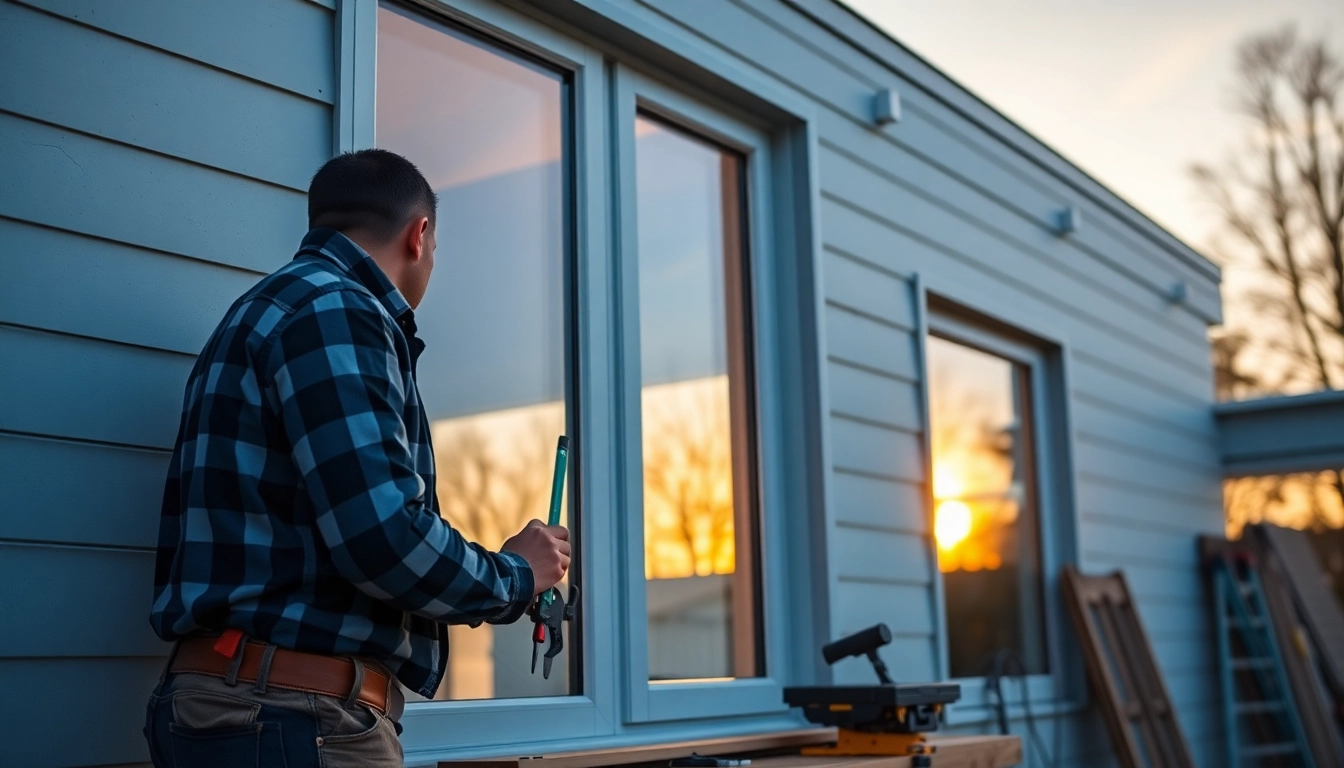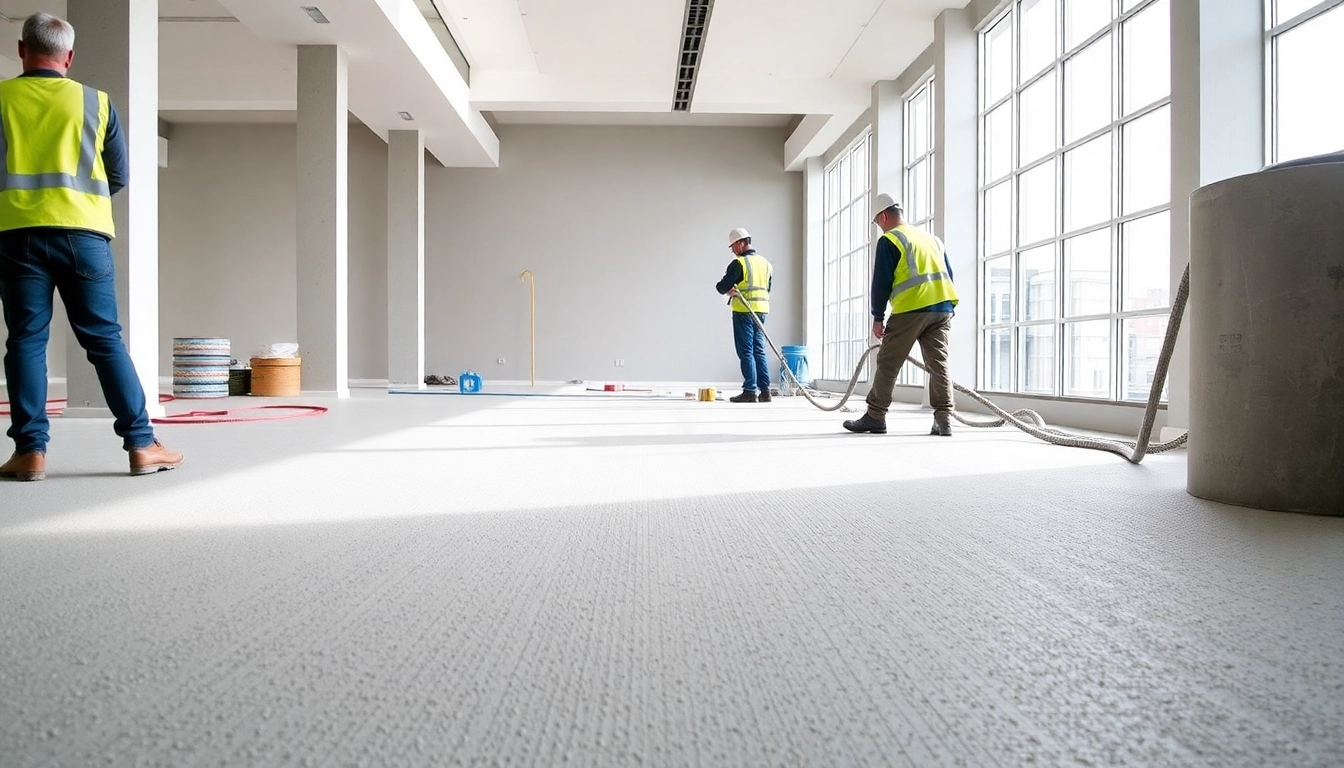Choosing window installers near you isn’t just about price; it’s about long-term comfort, energy efficiency, and your home’s value. In the US, options range from big-box retailers to specialized local teams, each with different installation methods and materials. This guide aligns you with a practical decision framework: how installers operate, how to scope the project, what the installation entails, and how to protect your investment with warranties and maintenance. For quick access to vetted local options, explore Window Installers Near Me to compare installers near you.
What Window Installers Near Me Do and How They Compare
Overview of installer roles and services
Window installers work across several stages: measuring openings, selecting appropriate window types, removing old units, preparing framing, and applying weatherproof seals. They may handle both retrofit (insert) installations, which preserve the existing frame, and full-frame replacements, which replace the entire sash and casing. In addition to installation, many pros offer services such as insulating the openings, updating flashing details to protect against water intrusion, and coordinating with other trades for trim and finishes. The goal is airtight, smooth operation with minimal disruption to your living spaces.
Differentiating installation methods and materials
Different installation methods influence cost, energy performance, and durability. Retrofit or insert installations tend to be faster and preserve original framing, but they rely on the condition of the existing frame. Full-frame replacements allow for better insulation and a refreshed exterior look, especially in homes with deteriorated sills or flexible frames. Materials vary as well—vinyl, wood, fiberglass, and aluminum-clad options each offer trade-offs in aesthetics, maintenance, and insulating value. Alongside material choice, pay attention to energy performance ratings (U-factor, SHGC) and warranty coverage, which often reflect the manufacturer’s quality and the installer’s workmanship.
How to evaluate installers’ credentials and reviews
Credential checks save time and risk. Confirm state licensing and general liability insurance, and verify workers’ compensation coverage for on-site protection. Look for certifications from recognized groups (for example, NARI or NAHB affiliates) or manufacturer training on specific product lines. Reviews provide real-world performance signals, but go beyond star ratings: read about project scope, communication, timeliness, and how issues were resolved. Request references and, if possible, visit a completed job site to assess workmanship and cleanup standards.
Assessing Your Window Replacement Needs: Scope, Budget, and Timeline
Measuring openings and selecting window types
Accurate measurements are the foundation of a smooth install. Measure width and height at multiple points (top, middle, bottom) and record the smallest dimension to ensure a secure fit. Decide on window styles—double-hung, casement, sliding, or fixed/picture—based on ventilation needs, sightlines, and maintenance. Energy-conscious homes benefit from low-emissivity coatings, insulated frames, and reinforced sashes. Consider exterior appearance and interior trim when planning replacements to minimize finishing work and color-matching challenges.
Estimating costs and return on investment
Costs hinge on opening size, material choice, and installation complexity. A clear estimate should separate materials, labor, removal/disposal of old units, and any necessary exterior or interior remodeling. While premium materials and multi-pane coatings raise upfront costs, energy savings accumulate over time through reduced heating and cooling loads. Use a simple payback framework: annual energy savings divided by incremental cost for upgraded windows. Local climate, housing type, and insulation levels all influence payback timelines.
Setting a realistic project timeline
Lead times depend on material availability, interdependent trades, and seasonal weather. In a typical residential installation, plan for site preparation, removal, installation, sealing, and final adjustments across a few days per home section, plus a short window for inspections or permits if required. Build in a buffer for weather delays and ensure you schedule access for any necessary interior finishing work. Clear communication with the installer about milestones helps prevent scope creep and keeps the project on track.
The Installation Process: From Prep to Finish
Pre-installation preparation and protection
Before work begins, protect floors and furniture with drop cloths, remove window coverings, and clear work zones. Exterior preparation includes masking nearby siding or landscaping and ensuring the work area is safe for crew movement. If applicable, coordinate with other trades for rough openings and trim replacement to avoid scheduling conflicts.
Step-by-step installation milestones
The typical sequence starts with removing the old sash and frame, followed by cleaning and inspecting the rough opening. Installers then apply flashing and sealants to manage moisture, insert the new unit, and secure it with fasteners. They finish with insulation around the frame, interior trim, glazing, and hardware check. A final test confirms smooth operation and weather-tight sealing, including a water-resistance check around sills and joints.
Quality checks and post-install cleanup
Quality assurance covers operation tests, level and plumb alignment, and seal integrity. Ask for a demonstration of opening and closing, and confirm there are no gaps or drafts around frames. Proper cleanup includes removing all packaging, vacuuming debris, and restoring any disturbed landscaping or interior finishes. A thorough walkthrough with the installer helps ensure you’re satisfied with the result and understand any maintenance needs.
How to Pick Window Installers Near Me: Quotes, Warranties, and Local Fit
Requesting detailed, itemized quotes
Ask for a written quote that itemizes materials, labor, disposal, permits, and any warranty-specific costs. Insist on a site visit to verify measurements and to discuss site conditions that could affect installation. Given the local climate, request performance data for the selected products and a clear schedule with milestones to compare across bidders.
Understanding warranties and service guarantees
Separate product warranties from installation warranties, and note what each covers and for how long. Clarify what constitutes normal wear versus defect, and who bears responsibility for eventual repairs or replacements. A reputable installer stands behind their workmanship with a workmanship warranty that complements the manufacturer’s product warranty, providing protection against installation-related issues.
Verifying local compliance and permits
Local permits may be required for certain replacements, especially if structural changes or exterior alterations are involved. Confirm that the installer schedules any needed inspections and ensures compliance with building codes. Verify insurance specifics, including liability and workers’ compensation, to protect you from potential claims during the project.
Maximizing Value with Proper Maintenance and Local Expertise
Maintenance routines to extend window life
Regular cleaning of tracks and hardware, lubrication of moving parts, and periodic seal inspection help preserve performance. Repaint or refinish exterior trim as needed to prevent moisture infiltration. Address condensation or condensation-related staining promptly to avoid long-term damage.
Tracking energy savings and performance
Keep an eye on heating and cooling bills after installation to gauge performance. If drafts or cold spots persist, recheck seals and weatherstripping and consult the installer for potential adjustments. Durable glass coatings and gas fills may yield noticeable savings in climate zones with temperature extremes.
Ongoing support, upgrades, and seasonal checks
Engage with your installer for periodic inspections and potential upgrades, such as advanced coatings, UV protection, or frame refinishing. Seasonal checks—especially before winter and summer—can prevent performance dips and extend the life of your windows, ensuring continued comfort and energy efficiency.
Investing time in selecting the right team, understanding the scope, and planning for maintenance creates lasting value from window replacements. By aligning with reputable local installers, you can achieve a durable, energy-efficient result that enhances comfort, reduces costs, and preserves the character of your home.



